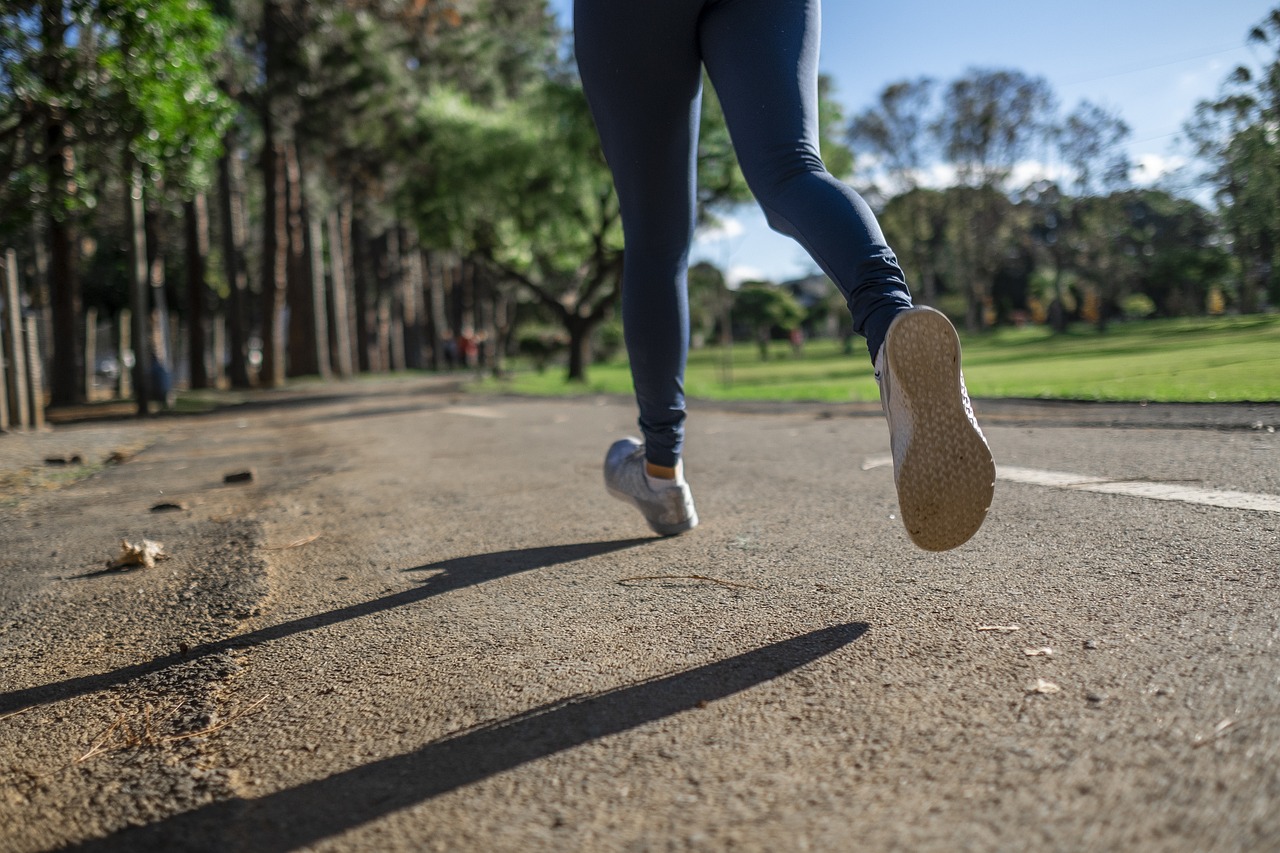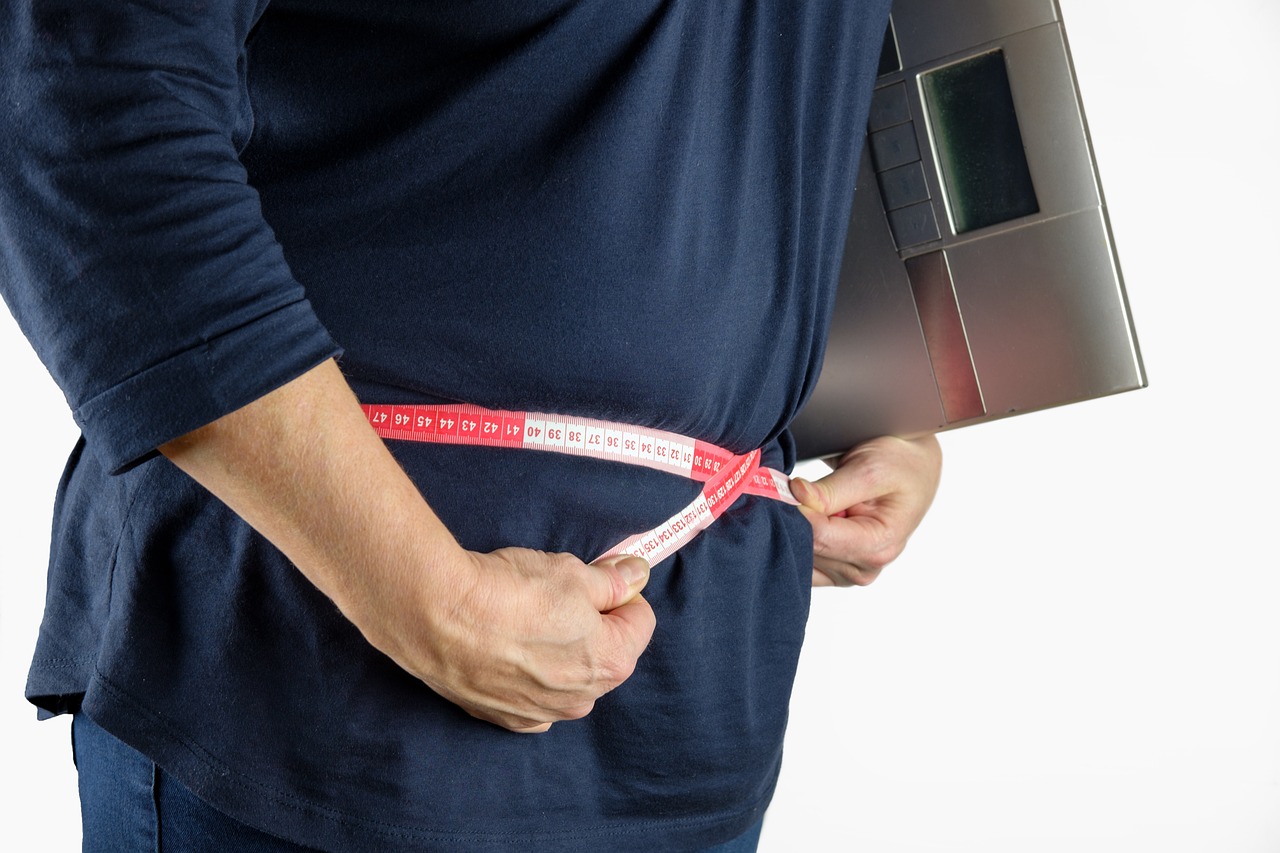Have you ever wondered if it’s possible to shed those extra pounds without hitting the gym? Well, you’ll be glad to know that the answer is a resounding yes! In this article, we will explore the various ways you can lose fat without exercising. From making simple dietary tweaks to incorporating certain lifestyle changes, we’ll uncover the secrets to achieving your weight loss goals without breaking a sweat. So sit back, relax, and get ready to discover a whole new approach to losing fat – no treadmill required!

Introduction
Welcome to this comprehensive article on the importance of exercise for weight loss. If you’re looking to shed some pounds and achieve your ideal weight, incorporating exercise into your routine is crucial. Exercise not only helps with weight loss but also offers numerous other health benefits. In this article, we’ll delve into the various ways exercise aids in fat loss, the factors that affect fat loss, dietary strategies, lifestyle changes, non-exercise activities, the role of strength training and cardiovascular exercise, and the benefits of combining exercise and diet for optimal fat loss. Let’s get started!
Importance of Exercise for Weight Loss
Increases calorie burn
One of the key benefits of exercise when it comes to weight loss is its ability to increase calorie burn. When you engage in physical activity, you burn calories, and to lose weight, you need to create a calorie deficit. By burning more calories through exercise, you can create a larger calorie deficit, which in turn enhances fat loss. Whether you prefer high-intensity workouts or more moderate activities, all forms of exercise contribute to increasing calorie burn.
Preserves muscle mass
When you’re on a weight loss journey, it’s important to preserve your muscle mass. Losing weight too rapidly or solely through dieting can result in muscle loss. However, exercise, particularly strength training, can help mitigate this. With regular resistance training, you can build and maintain muscle mass, which is essential for weight loss. More muscles mean a higher metabolic rate, which leads to increased calorie burn even at rest.
Boosts metabolic rate
Exercise has a significant impact on your metabolic rate, or the rate at which your body burns calories. Engaging in regular physical activity can increase your basal metabolic rate (BMR), which is the number of calories your body burns at rest. This means that even when you’re not exercising, your body will continue to burn more calories throughout the day. By boosting your metabolic rate, exercise becomes a powerful tool in your fat loss journey.
Improves overall health
In addition to weight loss, exercise offers a wide range of benefits for your overall health. Regular exercise can improve cardiovascular health, reduce the risk of chronic diseases like heart disease and diabetes, lower blood pressure, and enhance mental well-being. Physical activity also aids in strengthening bones, improving flexibility, increasing energy levels, and boosting the immune system. By incorporating exercise into your routine, you not only achieve your weight loss goals but also enhance your overall health and well-being.
Factors Affecting Fat Loss
Caloric deficit
Creating a caloric deficit is the foundation of any successful weight loss journey. This means consuming fewer calories than you burn. While exercise aids in burning calories, it’s important to pay attention to your overall caloric intake as well. Consistently consuming more calories than you burn, even with exercise, can hinder your weight loss progress. Therefore, it’s crucial to strike a balance between your calorie intake and expenditure.
Quality of diet
While exercise is important for weight loss, it’s equally important to focus on the quality of your diet. A diet rich in whole, nutrient-dense foods such as fruits, vegetables, lean proteins, whole grains, and healthy fats can support your weight loss efforts. These foods provide essential nutrients, vitamins, and minerals while keeping you satiated. On the other hand, a diet high in processed foods, refined sugars, and unhealthy fats can hinder fat loss and negatively impact overall health.
Sleep and stress levels
Believe it or not, sleep and stress levels play a significant role in fat loss. Lack of quality sleep can disrupt hormone balance, leading to increased cravings and reduced metabolism. Additionally, high stress levels can trigger emotional eating and hinder weight loss progress. Prioritizing adequate sleep and managing stress through relaxation techniques and self-care practices is essential for optimizing fat loss.
Genetics and hormones
While you can control your exercise and diet habits, genetics and hormones also play a role in determining how your body stores and loses fat. Genetic factors influence your body’s response to exercise and even your metabolism. Hormonal imbalances, such as low thyroid function or insulin resistance, can make it more challenging to lose weight. While you can’t control these factors, they are important to consider when formulating your weight loss strategy.
Dietary Strategies for Fat Loss
Calorie control
As mentioned earlier, creating a calorie deficit is crucial for weight loss. To achieve this, it’s important to have a good understanding of your daily calorie needs and track your calorie intake. You can use online calculators or seek guidance from a registered dietitian to determine your calorie needs based on your weight, height, age, activity level, and weight loss goals. By controlling your calorie intake, you can ensure that you’re consuming an appropriate amount for fat loss.
Balanced macronutrient intake
While calorie control is important, it’s also crucial to focus on the quality and distribution of macronutrients. A balanced diet that includes a combination of carbohydrates, proteins, and fats is essential for fat loss. Carbohydrates provide energy, proteins support muscle growth and repair, and fats help with hormone regulation and keeping you satiated. Finding the right balance of these macronutrients and choosing healthier options within each category supports your weight loss efforts.
Eating whole, nutrient-dense foods
Choosing whole, nutrient-dense foods is an integral part of any successful weight loss plan. These foods are low in calories but high in nutrients, such as vitamins, minerals, and fiber, which are essential for overall health. Fresh fruits and vegetables, lean proteins, whole grains, and healthy fats should form the majority of your diet. These foods provide essential nutrients while helping you feel fuller for longer, preventing overeating.
Avoiding processed foods
Processed foods, such as packaged snacks, sugary drinks, and fast food, are often high in calories, unhealthy fats, and added sugars. These foods offer little to no nutritional value and can hinder your weight loss progress. Instead, focus on consuming whole, unprocessed foods that nourish your body and support fat loss. By minimizing processed foods, you can optimize your diet for weight loss and overall health.

Lifestyle Changes for Fat Loss
Get enough sleep
While exercise and diet are key components of weight loss, don’t overlook the importance of getting adequate sleep. Poor sleep can disrupt hormone balance, particularly affecting ghrelin and leptin, which regulate hunger and satiety. Lack of sleep can increase cravings, make you more susceptible to overeating, and hinder your weight loss efforts. Aim for 7-9 hours of quality sleep per night to support fat loss and overall well-being.
Manage stress levels
High levels of stress can be detrimental to both your physical and mental health, impacting your ability to lose weight. When stressed, your body releases cortisol, a stress hormone that can lead to increased belly fat storage. Additionally, stress can trigger emotional eating, leading to higher calorie intake. Implement stress management techniques such as meditation, deep breathing exercises, or engaging in activities you enjoy to reduce stress levels and support fat loss.
Increase non-exercise physical activity
In addition to planned exercise sessions, increasing your non-exercise physical activity can have a substantial impact on weight loss. Simple lifestyle changes such as taking the stairs instead of the elevator, parking farther away from your destination, or incorporating movement breaks throughout the day can help burn extra calories. Every step counts, and by increasing your overall physical activity, you can boost your calorie burn and support fat loss.
Stay hydrated
Staying hydrated is often overlooked but plays a significant role in weight loss. Drinking enough water helps maintain proper bodily functions, aids in digestion, and can help suppress appetite. Sometimes, what may feel like hunger is actually thirst. By staying hydrated throughout the day, you can prevent overeating and support your weight loss journey. Aim to drink at least 8 cups (64 ounces) of water per day, and more if you’re physically active or in hot weather.
Non-Exercise Activities to Burn Calories
Walking and hiking
Walking is one of the simplest and most accessible forms of exercise that can help burn calories and aid in fat loss. Whether you prefer a leisurely stroll or a brisk walk, incorporating walking into your daily routine can have a positive impact on your weight loss goals. Additionally, hiking provides the added benefit of being in nature and enjoying the outdoors while burning calories.
Taking the stairs
Ditching the elevator or escalator and opting for the stairs is an easy way to increase your non-exercise physical activity and burn extra calories. Climbing stairs engages multiple muscle groups, including your glutes, thighs, and calves, while also giving your cardiovascular system a workout. By making this simple change, you can boost your calorie burn throughout the day.
Household chores
Believe it or not, household chores can contribute to your calorie burn and aid in fat loss. Activities such as vacuuming, mopping, gardening, and cleaning can get your heart rate up and engage your muscles. Instead of viewing these tasks as a chore, embrace them as an opportunity to burn extra calories and stay active.
Gardening and yard work
If you have a green thumb, gardening and yard work can provide a satisfying way to burn calories and enjoy the outdoors. Digging, planting, weeding, and mowing the lawn require physical exertion and engage various muscle groups. Spending time in your garden not only helps beautify your surroundings but also supports your weight loss efforts.

Role of Strength Training in Fat Loss
Increases muscle mass
Strength training plays a vital role in fat loss by increasing muscle mass. When you engage in resistance exercises such as weight lifting or bodyweight exercises, you challenge your muscles, causing microscopic tears. These tears repair during rest and recovery, resulting in stronger and bigger muscles over time. More muscle mass leads to a higher metabolic rate and increased calorie burn, even at rest.
Raises metabolic rate
Strength training not only increases muscle mass but also raises your metabolic rate. The more muscle you have, the more calories you burn, even when you’re not exercising. Unlike cardio exercises that primarily burn calories during the workout, strength training provides a longer-lasting effect on calorie burn. By incorporating strength training into your routine, your body becomes more efficient at burning calories.
Improves body composition
Aside from its impact on weight loss, strength training also enhances body composition. Body composition refers to the ratio of muscle to fat in your body. While losing weight is the primary goal, focusing on body composition allows you to build lean muscle mass while shedding fat. This results in a toned and sculpted physique, rather than just a smaller number on the scale. By incorporating strength training, you not only lose fat but also shape and define your body.
Benefits of Cardiovascular Exercise for Fat Loss
Burns more calories
Cardiovascular exercise, often referred to as cardio or aerobic exercise, is excellent for burning calories. Activities such as running, swimming, cycling, and dancing increase your heart rate and help you burn calories during the workout. Cardio exercises are particularly effective in creating a calorie deficit, which is essential for weight loss. By incorporating cardio into your routine, you can increase your overall calorie burn and enhance fat loss.
Improves cardiovascular health
In addition to its calorie-burning benefits, cardiovascular exercise is vital for heart health. Regular cardio workouts strengthen your heart, lower blood pressure, and improve blood circulation. As you engage in cardiovascular exercise, your heart becomes more efficient at pumping blood, resulting in a healthier cardiovascular system. By prioritizing cardio exercises, you not only promote fat loss but also enhance your cardiovascular health.
Increases endurance and stamina
Regular cardiovascular exercise can significantly increase your endurance and stamina levels. As your cardiovascular fitness improves, you’ll find that activities of daily living become easier and less tiring. Whether it’s climbing stairs, going for a hike, or participating in sports, increased endurance and stamina allow you to engage in physical activities for longer without feeling fatigued. This opens up a world of possibilities for staying active and burning calories.
Combining Exercise and Diet for Optimal Fat Loss
Synergistic effect
When it comes to fat loss, exercise and diet go hand in hand. While both can contribute to weight loss individually, combining the two creates a synergistic effect that enhances your results. When you create a calorie deficit through diet and also increase calorie burn through exercise, you create a larger overall deficit. This leads to more significant fat loss and faster progress towards your weight loss goals.
Better long-term results
By combining exercise and diet, you’re more likely to achieve sustainable and long-lasting results. Crash diets and extreme exercise regimens may offer quick weight loss but often lead to weight regain once you return to your regular habits. By adopting a balanced approach that includes both exercise and a healthy, sustainable diet, you’re more likely to maintain your weight loss in the long run. Consistency and making gradual lifestyle changes are key to achieving and maintaining optimal fat loss.
Improved overall health
Perhaps the most significant benefit of combining exercise and diet for fat loss is the improvement in overall health. By engaging in regular physical activity and consuming a nutrient-dense diet, you support your body’s overall functioning. Improved cardiovascular health, increased energy levels, enhanced mental well-being, and reduced risk of chronic diseases are just a few of the many health benefits you can enjoy. Optimal fat loss through exercise and diet not only transforms your body but also improves your overall quality of life.
Conclusion
In conclusion, exercise plays a vital role in weight loss and offers numerous benefits for overall health. By increasing calorie burn, preserving muscle mass, boosting metabolic rate, and improving overall well-being, exercise becomes an indispensable tool in your fat loss journey. Factors such as caloric deficit, quality of diet, sleep and stress levels, and genetics also play a significant role in fat loss. Incorporating dietary strategies, making lifestyle changes, and engaging in non-exercise activities help support fat loss. Additionally, strength training and cardiovascular exercise have specific benefits in promoting fat loss and improving body composition. Finally, combining exercise and diet leads to optimal fat loss, providing a synergistic effect, better long-term results, and improved overall health. By incorporating exercise into your routine and adopting a balanced approach, you can achieve your weight loss goals and enjoy a healthier, happier life.




